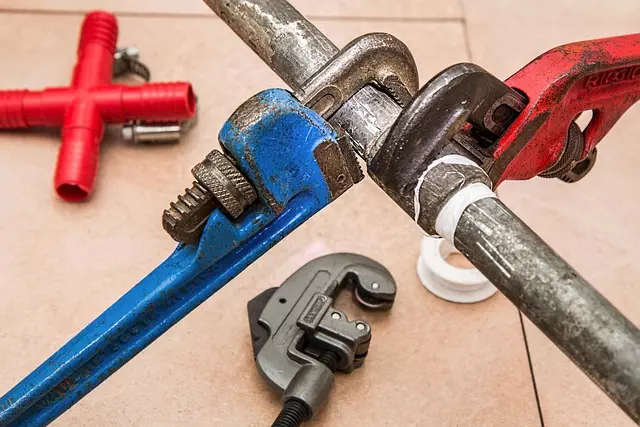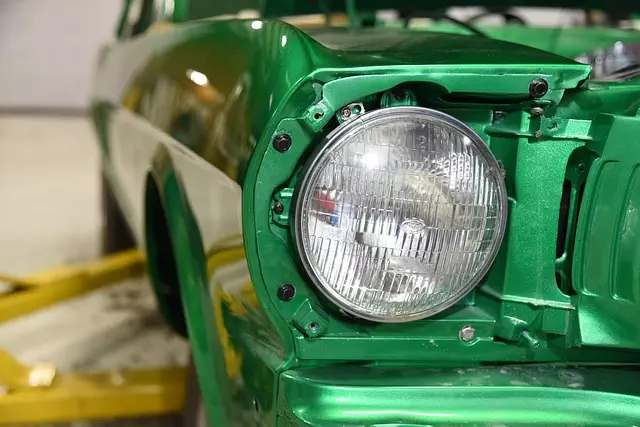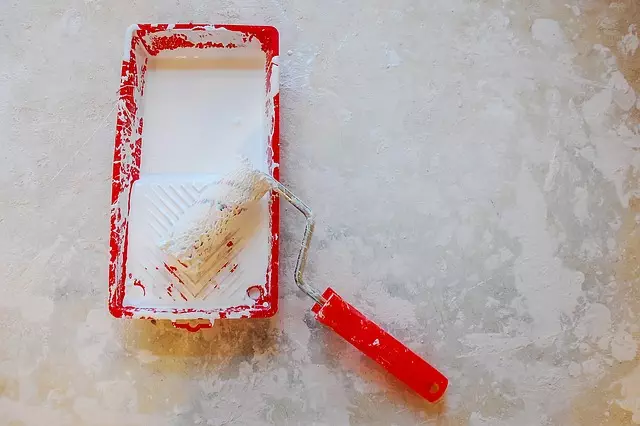Stem Wall Repair is crucial for maintaining pier foundation systems in older homes, which rely on vertical piers connected to stem walls for support. Damage from ground movement, extreme weather, poor construction, drainage issues, or building settlement requires repairs like re-leveling, bracing, or replacing damaged sections. Pier foundation repair involves inspection, customized plans, excavation, and reinforcement with materials like concrete, steel, or foam. Choosing a reputable company with a proven track record, high-quality materials, and certified professionals is essential for durable repairs. Cost varies based on damage extent and material choices, with long-term maintenance through regular inspections and addressing early signs of damage extending foundation lifespan.
“Pier foundations, a critical component of many structures, require periodic maintenance. This article guides you through the essential aspects of pier and stem wall repair, addressing common issues like settlement, shifting soil, and water damage. We’ll explore the repair process, from identifying damage to choosing durable materials and selecting reputable contractors. Learn about cost estimates, preventative measures, and best practices for ensuring your home’s structural integrity with stem wall repairs.”
Understanding Pier Foundation and Stem Wall Repair

Pier foundation systems, common in many older homes, consist of vertical supports called piers that transfer the weight of the structure to a layer of soil below, known as the bearing capacity. These piers are often connected to stem walls, which provide additional structural support and stability. Over time, various factors like settlement, shifting soil conditions, or poor initial construction can lead to damage in these components, necessitating repair.
Stem Wall Repair is a critical aspect of pier foundation maintenance. It involves addressing cracks, tilting, or instability in the stem walls that are attached to the piers. This process may include re-leveling the walls, reinforcing with additional steel bracing, or replacing damaged sections to ensure the structural integrity of the entire system. Understanding the intricacies of stem wall repair is crucial for maintaining the longevity and stability of a structure built on pier foundations.
Common Causes of Pier and Stem Wall Damage

Pier and stem wall damage can arise from various factors, often leading to the need for Pier Foundation Repair or Stem Wall Repair. One of the primary causes is ground movement due to shifting soil conditions. This can result in cracks or misalignments in the walls, especially in areas with expansive clay soils or unstable geological formations. Over time, exposure to harsh weather conditions, including extreme temperatures and precipitation, contributes to damage. Water penetration can weaken the structure by causing corrosion in metal components and erosion in concrete.
Another common issue is poor initial construction, which may include inadequate materials or improper installation techniques. Inadequate drainage around the foundation can also lead to moisture accumulation, promoting decay and weakening of support beams. Furthermore, settlement or shifting of the building itself due to uneven weight distribution or loading can exert excessive stress on pier and stem walls, leading to visible damage and potential structural instability.
The Process of Pier Foundation Repair

Pier foundation repair involves a meticulous process designed to stabilize and strengthen structures with deteriorating stem walls. It begins with an extensive inspection to identify the extent of damage, which may include cracks, inclines, or signs of instability. Professionals then develop a tailored plan, often incorporating techniques like stem wall repair, where existing walls are reinforced or replaced to ensure structural integrity.
The actual repair work entails careful excavation around the foundation piers, allowing access for repairs or replacements. This might involve installing new steel beams, reinforcing existing ones, or injecting polymeric injection materials to fill cracks and enhance strength. Once the necessary structural work is complete, the area is backfilled and stabilized, ensuring a solid and secure foundation for the structure.
Types of Materials Used in Repairs

Pier foundation repair involves a range of techniques and materials, each chosen based on the specific damage and structural needs. Common types of materials used include concrete, steel, and foam. Concrete is often employed for stem wall repair, providing a robust and durable solution. It’s effective in reinforcing the existing structure and preventing further deterioration.
Steel, another popular choice, offers exceptional strength-to-weight ratio, making it ideal for repairing or replacing damaged piers. Foam, known for its lightweight yet strong properties, is increasingly used for levee and pile repair, especially in areas where weight is a concern. These materials, when correctly installed, can significantly extend the lifespan of a pier foundation.
Selecting the Right Repair Company

Choosing the right pier foundation repair company is paramount for ensuring effective and lasting stem wall repair. Research is key; look for firms with extensive experience in your area, specializing in pier foundation systems. Check online reviews and ask for references to gauge their reputation and customer satisfaction rates.
Consider companies that offer a comprehensive range of services, from initial assessments to aftercare. Ensure they use high-quality materials and employ certified professionals who adhere to industry standards. A good repair company will provide detailed estimates, clearly outlining the scope of work, costs, and potential timelines.
Cost Considerations for Pier Foundation Repair

Pier foundation repair can vary significantly in cost, depending on several factors. One of the primary considerations is the extent of damage to the pier and stem wall. Severe cases may require complete replacement of the damaged pier, while less severe issues might only necessitate stem wall repair. The complexity of the job and local labor rates also play a significant role in determining the overall cost.
Additionally, the type of material used for replacement or repair can impact expenses. Concrete or steel piers tend to be more expensive upfront but offer longer-lasting solutions. In contrast, polymeric or foam-based repairs might be cheaper initially but could require more frequent replacements over time. It’s crucial to balance long-term durability and initial cost when making these decisions.
Preventative Measures to Ensure Long-Lasting Structural Integrity

To ensure long-lasting structural integrity, preventative measures are crucial for pier foundation repair. Regular inspections and maintenance checks can help identify early signs of damage or settlement, allowing for timely intervention. Addressing issues like moisture intrusion, improper drainage, or soil instability before they escalate is key. Implementing solutions such as repairing stem walls, enhancing drainage systems, and using appropriate foundation anchors can significantly prolong the lifespan of a pier foundation.
Regularly evaluating the condition of your pier foundation and surrounding structures will help you stay proactive against potential problems. Simple precautions like preventing heavy loads from being placed on top of the piers, ensuring proper compaction around the foundation, and maintaining adequate clearance from trees or other obstructions can also contribute to the structural stability and longevity of your pier.
